7.30-8.1 全数会2025(第六届)机器人及智能工厂展
火热报名中>>
美国防部斥资研发150kW激光武器
原文如下:
The US Department of Defense has awarded General Atomics’ Aeronautical Systems division a $39.8 million contract to further develop a high-power laser weapon, with the ultimate goal of integrating the system within tactical aircraft.
The High-Energy Liquid Laser Area Defense Systems (HELLADS) program has been under development through funding from the Pentagon’s Defense Advanced Research Projects Agency (DARPA) for several years, and now appears close to reaching its target output of 150 kW.
According to DARPA’s fiscal year 2012 budget estimate document, the detailed design of a ground-based 150 kW demonstrator was completed last year, while two unit cell module designs have shown an output power exceeding 34 kW. Based on those unit cell results, the next key step is to produce additional laser modules and connect them to deliver the targeted 150 kW output.
Under the latest contract award, General Atomics Aeronautical Systems will aim to complete the 150 kW design, along with battery and thermal management systems, mostly at its Poway, California, headquarters. Significant chunks of the project work will also be completed in Tucson, Arizona and Albuquerque, New Mexico, according to the DoD’s brief announcement.
One of the key requirements of the HELLADS system is to dramatically reduce the weight of typical high-energy laser weapons, and the eventual goal is for the 150 kW system to weigh no more than 750 kg. That would represent an order-of-magnitude reduction compared with existing chemical laser systems that, while effective, are considered too bulky and awkward for any kind of mobile deployment.
In late 2008, DARPA had awarded a contract worth up to $21 million to Textron Defense Systems to design a unit cell module for HELLADS – although it is not clear whether this design will also be selected for power scaling to the 150 kW target. Textron’s design was based upon its proprietary “ThinZag” ceramic diode-pumped solid-state laser, a single-aperture power oscillator system using a thin-disk architecture.
Last year, Textron said that it had demonstrated an average output power in excess of 100 kW in its laboratories, as part of the Joint Technology Office’s Joint High-Power Solid-State Laser (JHPSSL) program.
Because of the intense heat generated by even very efficient laser systems, maintaining the output power for any significant amount of time has been one of the main challenges for the contractors. Also working under the JHPSSL program, Northrop Grumman said last December that its 100 kW laser had operated for six hours - believed to be the longest period of operation yet seen for such a high-power system.
Following integration with the various control and cooling systems required, the ground-based demonstrator version of HELLADS will be tested for its ability to shoot down targets such as surface-to-air missiles and rockets.
HELLADS is managed through DARPA’s Strategic Technology Office, with former US Air Force officer Richard Bagnell acting as program manager.

图片新闻
最新活动更多
-
7.30-8.1火热报名中>> 全数会2025(第六届)机器人及智能工厂展
-
7月30-31日报名参会>>> 全数会2025中国激光产业高质量发展峰会
-
7.30-8.1马上报名>>> 【展会】全数会 2025先进激光及工业光电展
-
免费参会立即报名>> 7月30日- 8月1日 2025全数会工业芯片与传感仪表展
-
精彩回顾立即查看>> 锐科激光《锐见·前沿》系列前沿激光应用工艺分享
-
精彩回顾立即查看>> 维度光电·引领光束质量分析应用全新浪潮【免费下载白皮书】
推荐专题







 分享
分享
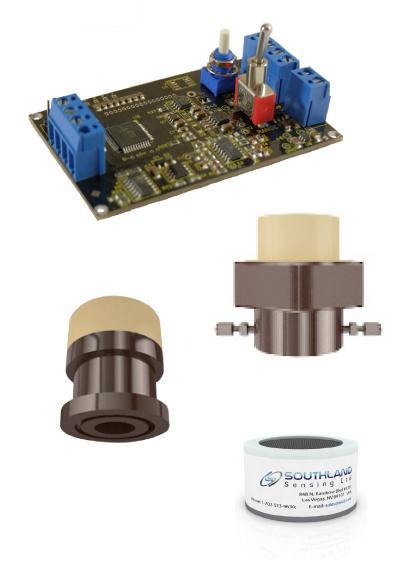
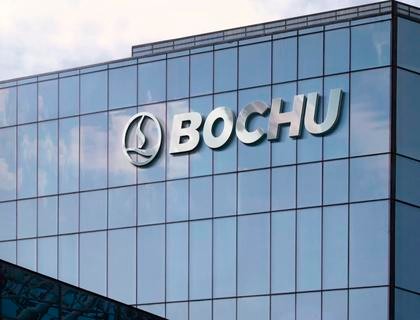
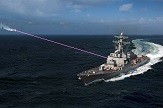




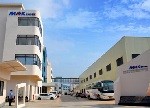




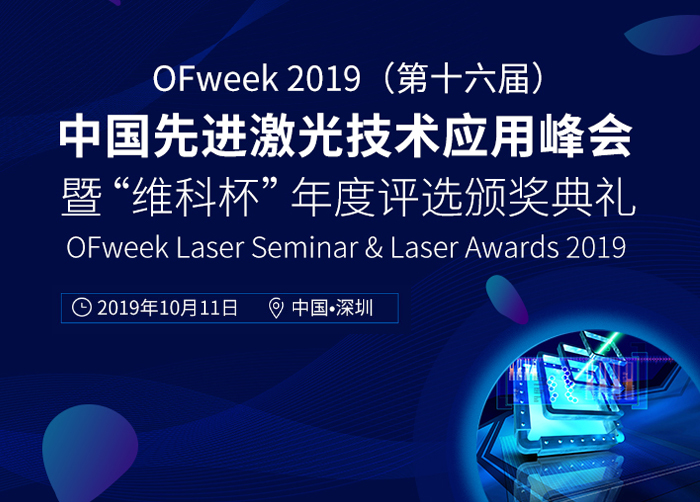















发表评论
请输入评论内容...
请输入评论/评论长度6~500个字
暂无评论
暂无评论